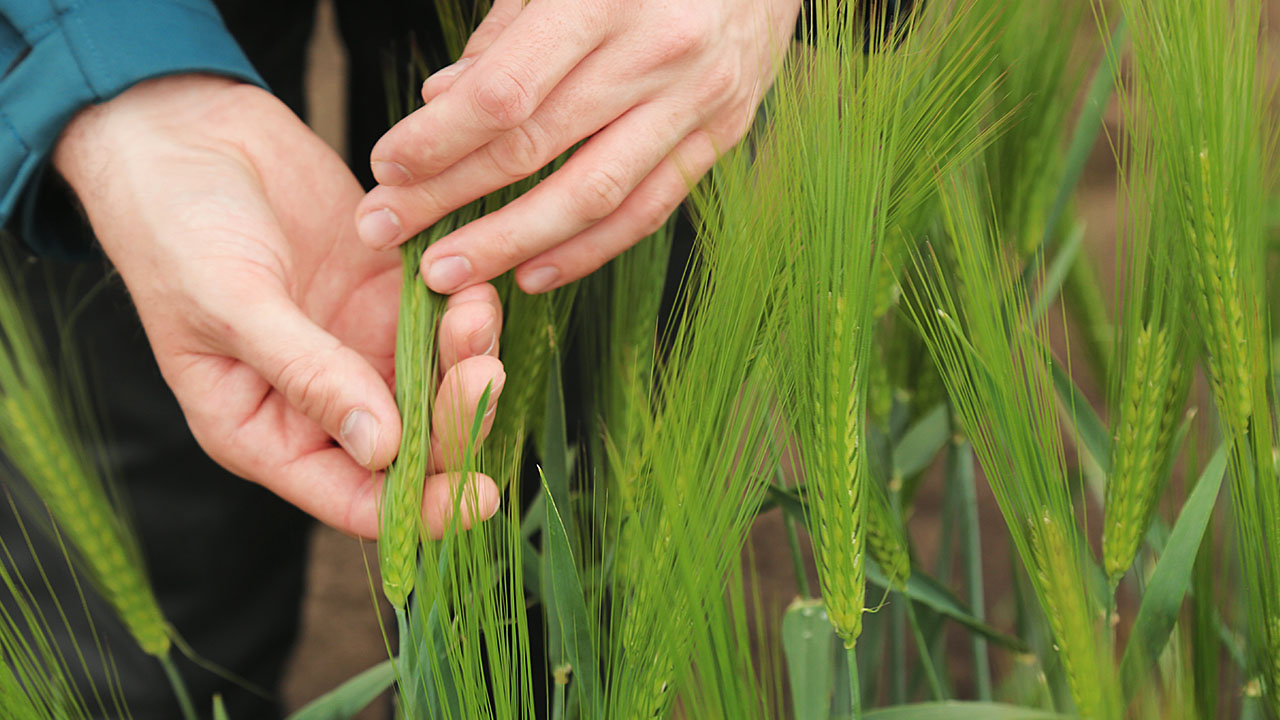Teething plants
According to Bonner botanists many more plants than previously thought use calcium phosphate, a component of teeth and bones, to strengthen their defensive hairs and thorns.

Sharp teeth and spiky stings are a common defense mechanism across the animal kingdom. However, plants are using thorns and spikes as well, to ward off herbivores and insects. And now botanists of Bonn University found out that the use of calcium phosphate incrustations to strengthen their defences is far more widespread among plants than previously thought.
By way of electron microscopy and Raman-spectroscopy the researchers were able to identify that even thal cress (Arabidopsis thaliana) uses trichomes hardened with an incrustation of this biomineral to defend itself against enemies such as aphids. The results are published in the journal “Planta”.
Hidden secrets of a model organism
Although thal cress is considered a weed in agriculture, it is botany’s favourite model organism. "It is certainly the most well investigated plant of all“, says Maximilian Weigend of the Nees-Institut for Plant Biodiversity of Bonn University. "The more surprising, that calcium phosphate in the tips of the trichomes of Arabidopsis was discovered only now.“
Calcium phosphate is a typical component of teeth and bones. Due to their hardness and strength, silica and calcium phosphate are far superior to calcium carbonate – the most common biomineral overall.
Widespread use of calcium phosphate
Hans-Jürgen Ensikat and his colleagues had previously described such teeth-like structures for the rock nettle family (Losaceae). And subsequently Weigend and his team could demonstrate the presence of calcium phosphate biomineralisation in several plant species, including the Brassicales – the family of thal cress: „It has long been known that many plants use glass-like silica or calcium carbonate to stiffen their trichomes“, reports Adeel Mustafa of the Weigend working group. „The surprising thing was that very hard calcium phosphate is also used by a whole range of species and has yet been overlooked completely until recently.“
Biomineral deposits for maximum mechanical stability
However, thal cress lacks the spectacular spines or stinging hairs like stinging nettles. In Arabidopsis the trichomes are small and comparatively soft – only the tiny tips are incrusted with the particularly hard substance calcium phosphate. „The biomineral is apparently deposited in precisely the place where maximum mechanical stability is required“, explains Weigend. Thal cress uses its hairs to defend itself mostly against small insects such as aphids.
Genetic basis for hardened hairs
„In some way it is surprising that not all plants use calcium phosphate in structural biomineralization,“ concludes Mustafa. Calcium and phosphate are nearly universally present in plants in the form of other chemical compounds, but the use as a biomineral is not universal. The ability to harden hairs with calcium phosphate appears to have a genetic basis. Looking into the future Weigend says: „Unravelling the genetic basis for the productions of these defense weapons would be the next logical step. This would enable us to use these self-defending plants as models for breeding more insect resistant crops.“
jmr


